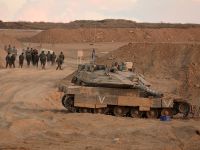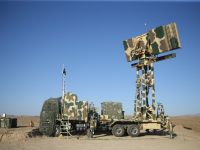Marking the Armenian and Assyrian genocides
‘We had a saying in those days. To shine shoes like an Assyrian,’ begins Valery. ‘There’s a reason why that profession was so popular among Assyrians – when you live dispersed, all over the world, and nobody speaks your language, you need a job where you can be mute. Where you have no voice.’
The boom of his voice echoes through his kitchen, and outside into the gardens and courtyards of the village of Arzni. Arzni, a short drive from the Armenian capital of Yerevan, greets visitors with a trilingual sign – in Armenian, Russian, and Assyrian Neo-Aramaic. This is an Assyrian village, and Valery is an ethnic Assyrian.
Source: Muftah
Climbing high in the occupied West Bank
Gripping tightly with her hands, her feet searching for a foothold, Salwa Khashan edges along a sheer rock face in the Israeli-occupied West Bank, urged on by friends below.
She and her fellow climbers are the first group of Palestinians to win climbing certificates after graduating from a three-day "Wadi Climbing" course just north of Ramallah.
"It taught me a lot," said Khashan, who lives in Arab-dominated east Jerusalem, which Israel occupied with the rest of the West Bank in 1967.
In their latest effort to deliver on President Hassan Rouhani’s pre-election pledge to relax some of the social restrictions imposed on Iranians by previous governments, members of his cabinet recently announced plans to permit women to attend certain types of sporting matches. While since contested by conservatives, the announcement brought national attention to Iranian women’s interest and participation in athletic events, which has burgeoned despite decades of strict gender segregation policies.







